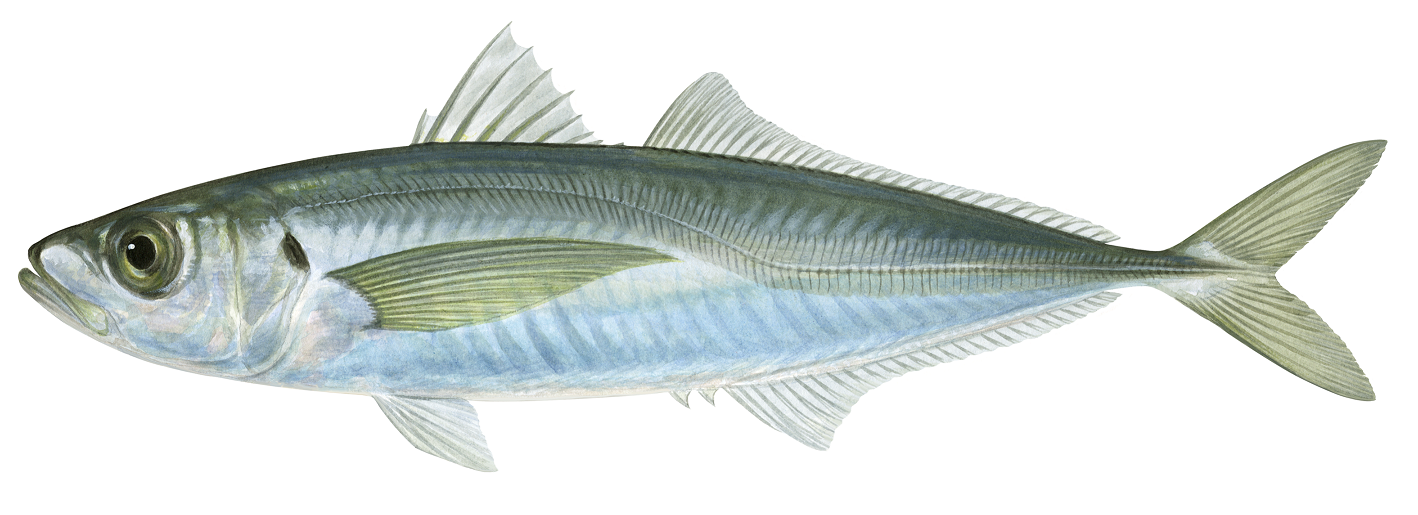Common Jack Mackerel
pinungana (Fish)
In palawa kani, the language of Tasmanian Aborigines, with thanks to the Tasmanian Aboriginal Centre.
Trachurus declivis (Common Jack Mackerel)

2022/23 Common Jack Mackerel Status (Released August 24)
| Stock Status | SUSTAINABLE | ||
| Summary | Common Jack Mackerel is predominantly a Commonwealth-managed species, classified as “Not overfished nor subject to overfishing” by ABARES in the Fishery Status Reports 2023 (Butler et al. 2023). Over the last decade only minor catches of this species have been taken from Tasmanian waters, largely due to the exit of a purse seine operator from the fishery. While patterns of catch and effort are unlikely to reflect stock status, the currently low level of fishing pressure in Tasmania is unlikely to impair stock recruitment. | ||
| Importance | Minor | ||
| Stock | Tasmanian Scalefish Fishery and Small Pelagic Fishery (Commonwealth) | ||
| Indicator(s) | Catch, effort and CPUE trends | ||
| Managing Jurisdiction | Commonwealth | ||
Background
Common Jack Mackerel is a schooling species that inhabits open water over the continental shelf from southern Queensland to Shark Bay, Western Australia, including Tasmania. Jack Mackerel are mainly targeted using purse seine and beach seine gear. The Jack Mackerel fishery in Tasmania peaked in 1986/87 with a catch > 40,000 t (Kailola et al. 1993). However, by 2000 surface schools were less available in Tasmanian waters and fishers began midwater trawling in Commonwealth waters. There was another, smaller peak in the Tasmanian commercial fishery in 2008/09 due to a sharp increase in purse seine effort. However, since then both catch and effort have been low. There is a small recreational fishery for Jack Mackerel using line gear in Tasmania.
The latest full Scalefish Assessment can be found at the link:
Learn more about what each stock status classification means on our Stock Status Classifications Information Page:




Social and Economic Indicators